Young musicians blazing new trails with contemporaneity in mind expand the horizons of traditional Korean music. Here we review a selection of albums that present the idiosyncratic styles of talented, ambitious artists experimenting with diverse sounds and methods.
“Born by Gorgeousness”HAEPAARY; Flipped Coin Music [June 2021]
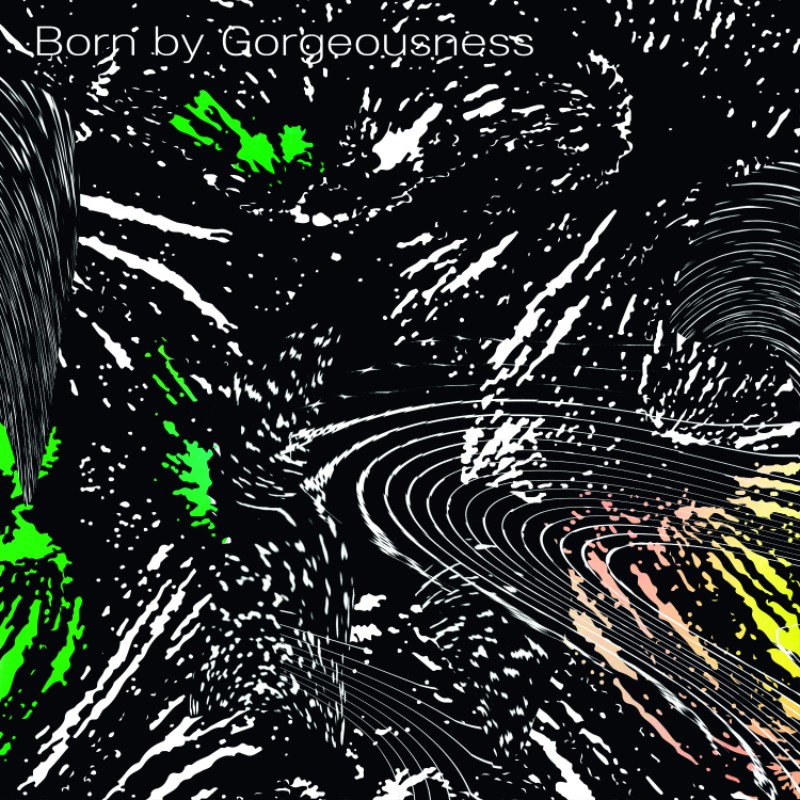
© Kim Hee-ji
Formed in 2020, HAEPAARY is an alternative electronic duo consisting of Minhee (Park Min-hee) and Hyeon (Choe Hye-won), who both majored in gugak. While respecting the minimalist aesthetics of traditional Korean music, they also set out to dismantle its patriarchal aspect. On this digital album, the duo incorporates electronic beats in their reinterpretation of “Jongmyo Jeryeak,” the music and dance performed during the rites conducted at the royal ancestral shrine of the Joseon Dynasty (1392-1910). Designated as UNESCO Intangible Cultural Heritage of Humanity, the rites continue to be reenacted to this day.
The eerie electronic sounds in the title track, “Born by Irreproachable Gorgeousness,” offer a feast of ominous minimalism, evocative of German krautrock of the 1960s and 1970s. Minhee’s vocals, which blur gender distinctions, are symbolic and bizarre. Traditionally, gagok, a genre of lyric songs, has been divided into male and female parts. But using an effector, Minhee sings in both voices simultaneously, and by putting the female voice at the forefront, subverts and reappropriates the ancient context.
Jung Eunhye La Divina Commedia-InfernoJung Eunhye; BISCUIT SOUND [August 2021]
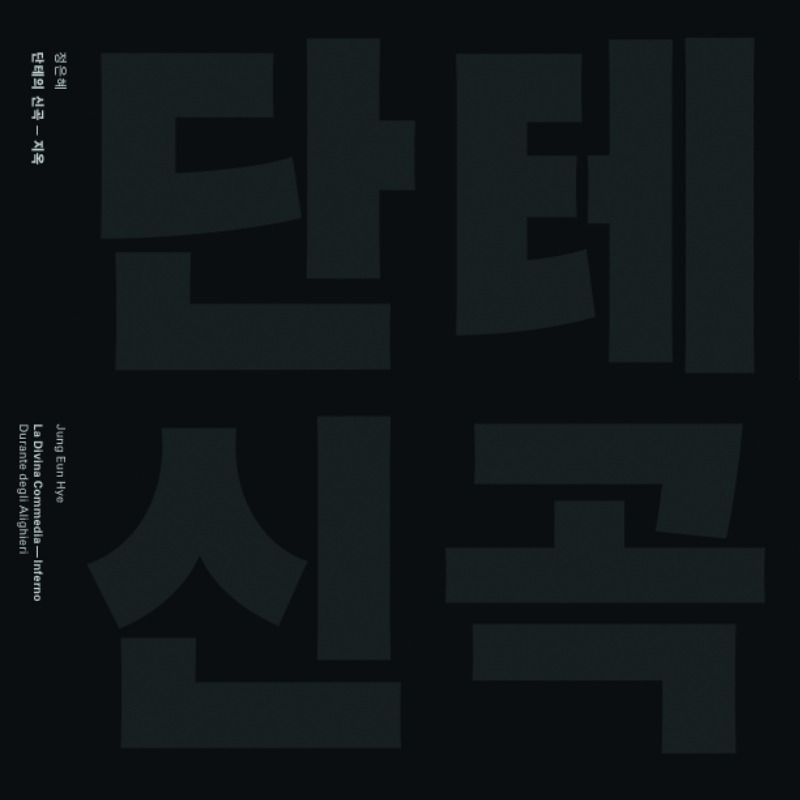
© Courtesy of BISCUIT SOUND
This album is a polished recording of a pansori (narrative song) sound project that premiered in 2017. It’s a type of “sound theater,” where the sonic architecture serves as the accompaniment to the pansori singing and reading of Western classics. The 17 tracks on the album, including “The Gates of Hell,” “The River of Charon” and “The Devil’s Prey,” were inspired by Dante’s “The Divine Comedy: Inferno.” They consist of the main text being narrated and sung in pansori.
The voice of Jung Eunhye, which floats around like a ghostly echo in the stereophonic space, at times accompanied by percussion instruments, cello, guitar or piano, transports the listener to a damp and gloomy basement theater. Jung melds the plaintive aesthetics of Korea’s musical storytelling tradition with Dante’s depiction of hell.
Jung is a singer and actor who is active in changgeuk (pansori opera) and theater. She began studying under pansori masters at the age of seven and majored in traditional Korean music at Seoul National University. In 2013, she joined the National Changgeuk Company of Korea, where her lead performances brought her into the spotlight.
“Hi, We are Jihye & Jisu”Jihye & Jisu; Sound Republica [March 2021]
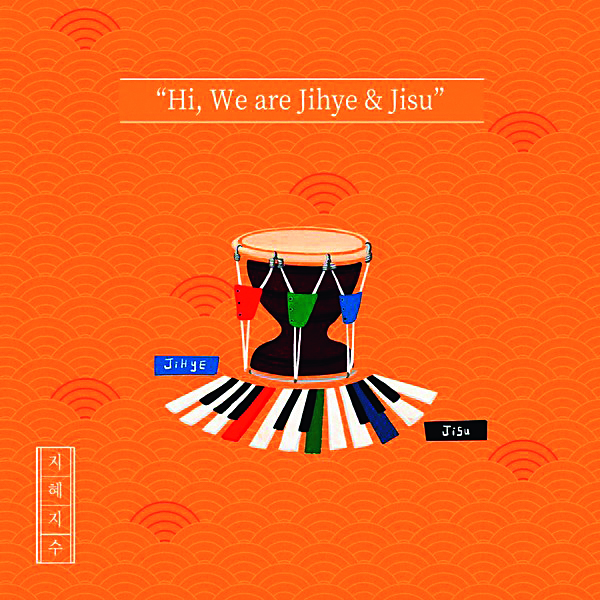
© Park Jin-hee
“Hi, We are Jihye & Jisu”Jihye & Jisu; Sound Republica [March 2021] This is the debut album by percussionist Kim Ji-hye and classical pianist Jung Ji-su. Kim studied traditional Korean music from a young age and dreamed of fusing her music with other art genres; Jung thirsts for creative pursuits and popular appeal. The two first met at Berklee College of Music as jazz composition majors and have since been collaborating to explore their potential as performing artists as well as music creators.
Their music has no hint of serious and esoteric experimentation, nor does it contain digitally altered sounds. The seven tracks on the album make for an acoustic concert of simple sounds that deliver the original tone of the buk (drum), janggu (double-headed barrel drum) and piano. The album is based on personal experiences and inspirations from their travels in Spain, and sparkles with energy from beginning to end.
The rhythms used in traditional Korean folk music collide with the funky rhythms and odd-number beats of jazz. Listening to the fast-paced fifth track, “Ronda and Me,” on the way to work is sure to be an invigorating start to the day. The last two tracks feature impressive guest performers on saxophone and percussion.
“Greekorea: Greeting the Moon”The Gugak Jazz Society; Sori-e Naite Music Company [March 2021]
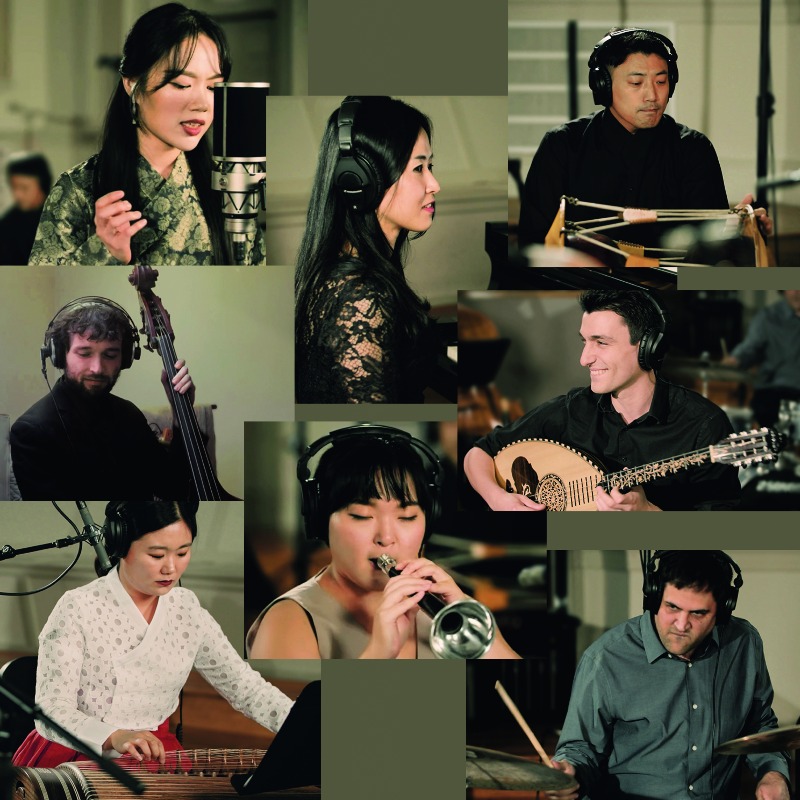
© Daniel Schwartz, Micha
The Gugak Jazz Society is an ensemble of musicians from Korea, Greece and the United States. It was formed in 2019 in Boston while the musicians were collaborating on the project “Pansori Cantata with a Jazz Orchestra.” As the title suggests, their music is a chemical synthesis of the traditional music of Greece and Korea, with jazz as the catalyst.
The Greek-Korea-U.S. project, spearheaded by Boston-based pianist Mina Cho, s multidimensional soundscapes out of a diverse array of instruments, from old Korean instruments such as the janggu, kkwaenggwari (small gong), saenghwang (free-reed mouth organ with 17 bamboo pipes), gayageum (12-ed zither) and taepyeongso (conical double-reed oboe); to the Greek lute; the Middle Eastern percussion instruments bendir, riq and darbuka; and drums and bass. The striking vocals of Lee Na Rae, also a member of LEENALCHI, move fluidly from Korean folk to Middle Eastern sounds, while the rhythms and harmony distinctive to each region blend smoothly. The unique tripartite project, with musicians based in Seoul, Athens and Boston, offers a music palette that is unparalleled.
“Pseudo Science”SB Circle; Plankton Music [August 2021]
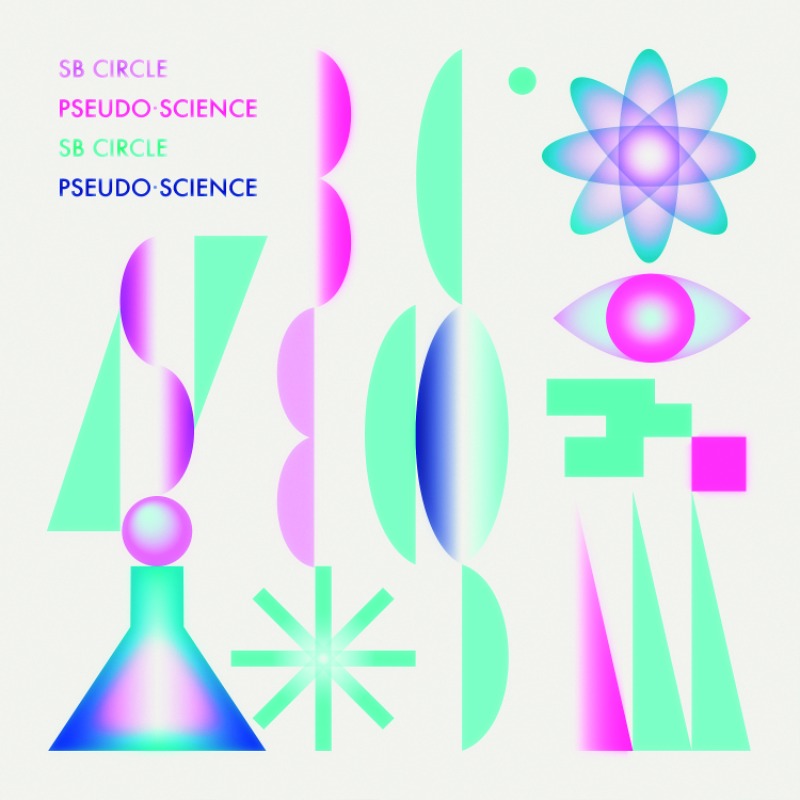
© Void Studio
This is the second album from the group SB Circle, whose name is a compound of the names of two members: jazz saxophonist Shin Hyun-pill and gayageum p Kyungso Park (the surname can also be spelled “Bak”). The other two members are bassist Seo Young-do and drummer Christian Moran. SB is also an abbreviation of the Korean slang word sinbak, widely used by the younger generation, which means “novel and ingenious.”
This “novel, ingenious” group eschews simply adding jazz harmonies to the monophonic scale of traditional Korean music. Instead, they have achieved a fine collaborative creation that is light-hearted but not frivolous. “Fan in the Room,” the album’s first track, fuses the saxophone and the monophonic scale of the gayageum, which glides along like a sedan on an empty highway by the Han River. The texture of the music is smooth and chic, and the rhythms of Seo’s bass and Moran’s drums are delicate yet controlled. The unusual, ear-catching melodies of “Flat Earth” and “Negative Ions” are sure to captivate fans of urban jazz regardless of nationality or musical background.